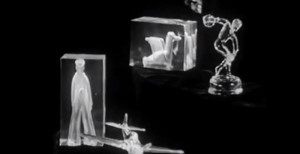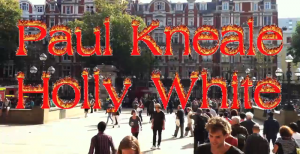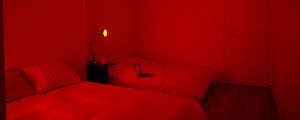Tweet “Paris used to be that city where dying of hunger was considered an art” says one of the characters in “La Sombra del Viento”; well, dying of hunger, alcoholism or any of the unfortunate fates coming out of the hill of martyrs was considered an art in the 1880s. That was way too many years ago. Today’s bohemians living in the Ville-Lumière do nowhere near starve or try to feed on love or air. The atmosphere and breeding ground for creativity is no-longer present in this over-homogenised city where the idea of having a “creative” district such as Montmatre back in the XIX century is mere longing. Where do foreign creative individuals looking for a bursting environment filled with opportunities, professionals & collectives go? Not Paris, and the rest of the European cities are gladly absorbing this talent.
Despite being Europe’s biggest city economy and still considered one of the most politically influential metropolis in continental Europe (well, they keep telling themselves they are) the care & affection towards the artists has become too institutionalized, to weighted up by the local authorities, too controlled by the industry, and this can never be of any good for local expressionism.

Take the “squat” from 59 Rue de Rivoli for instance, what in 1999 became the most noticeable example of the numerous Parisian squats was “legalized” & reopened late last year as part of a “citywide effort to legitimize popular but technically illegal art venues”, the 6-floor building previously owned by the French bank “Crédit Lyonnais” was bought, closed and renovated by the Paris city hall itself for 10 million euros (about $12.1 million).
A good initiative if it weren’t because the legalization of these squats besides rehabilitating the buildings, usually also ends up transforming them into stagnated museums lacking any creative attraction (like Les Frigos or Le Labo de Création). Luckily enough many other squats & alternative formulas keep appearing… but most of them are driven by the unhurried & condescending French ego that characterizes the city.
If at least the Paris city hall decided to transform these & many other artistic expressions into profitable venues boosting the French art scene & art business just like London or Berlin do… not only they kill them, but they do not even make anything worth paying for.
and from squats to music venues…
Which again seem to have been reduced to a very small number over the last few years, measuring the diversity & offer of the music & night club scene will give you a pretty good idea of why Paris has completely lost the magnetism for any non-conformist individual.
The big vibe venues are mainly dispersed & isolated one from each other and remain a very fragile offer for music lovers… the historical ones (Le Bataclan, Rex Club, Le Régine…) have come to offer a very selfindulgent calendar relying on their names. Other more acceptable & smaller venues (Flèche d’Or, Maroquinerie…) may satisfy the exigent public but they’re very few, and the choice is reduced to 4-5 venues in the whole city. And then you have the latest attempts by the trending bobo oracle (Kitsune, Ed Banger, Garnier….) whose too cool for school clubs (Social Club, Showcase…) try to set & show what the new beat in Paris is & should become. They hardly succeed… but if you want, we can always talk about the other Parisian night.
The museumcity
Since Napoleon III appointed Haussman as prefect of Paris nothing has changed, architecturally speaking. The Tour Eiffel 305m height limit as well as a large number of history conspiracies (Nazis barely touched it) have kept Paris as it was in the late 19th century. This intact-state of existence has undeniably influenced the organic evolution not only of the economy, but also of any artistic demonstration.
The weight of history itself is suffocating, Paris is not answering other cities modernizations or trying to rebuild itself. It’s at the same time comprehensible & ironic that tourists fall in love with the most-visited city in the world, but at the same time the largest piece of European boredom.
(unfortunately Phoenix haven’t helped much, they’ve kept the local bobo style for the Parisian music pop-rock scene)
Although now that Bertrand Delanoë has finally dispensed with the 30-year-old ban on buildings in the city higher than 37m, things might go up…. if it’s not too late. Olivier Bossard is pretty confident to start building a significantly tall building in inner-Paris (not like the ugly Tour Montparnasse please): Le Projet Triangle, but again… it won’t pass the 300 meters… because it has to respect Mss Eiffel.

The London – Berlin Battle
And if Paris is boring where to go in Europe then? We’re not a travel guide, but Londoners & Berliners (…ok, no-one is actually a real Londoner or Berliner nowadays) & their local culture clashes with amazing venues, events & constant hidden & (un)secret parties keep battling for the “East” supremacy.
The hot&hip districts brimming with free art, exhibitions & concerts have invaded the East side of each city. Hackney-Shoreditch in one Kreuzberg-Prenzlauer Berg in the other one. That’s where the ideas, creative minds & future artists are being cooked up and where those talented individuals head their poor economies to. Dying of hunger in those places is still consider an art.




















